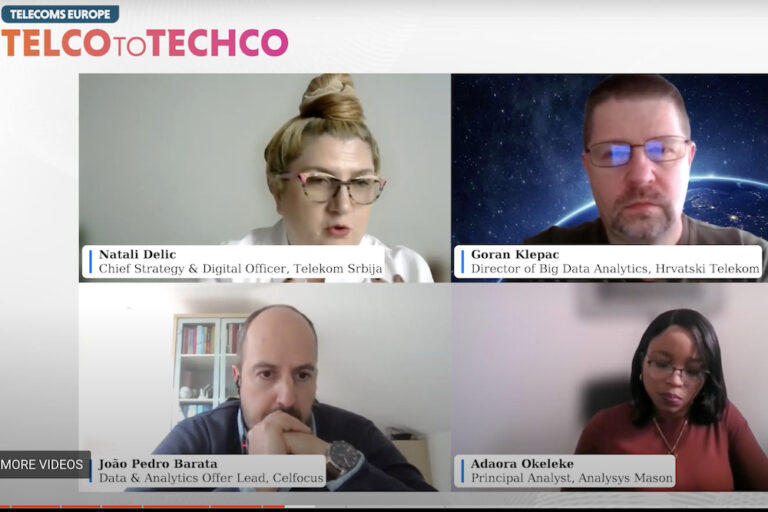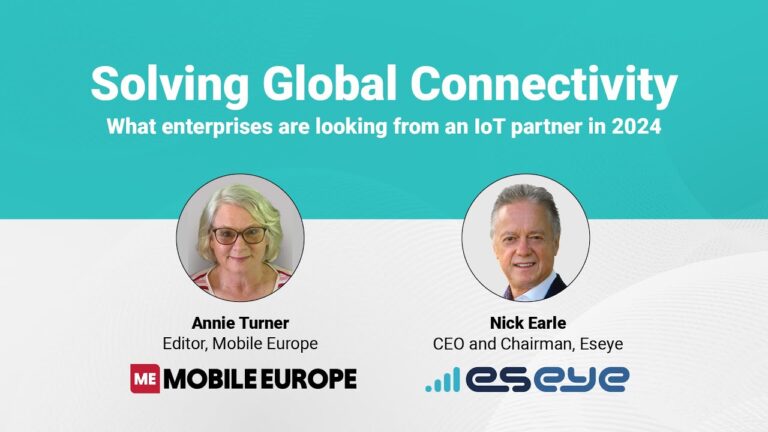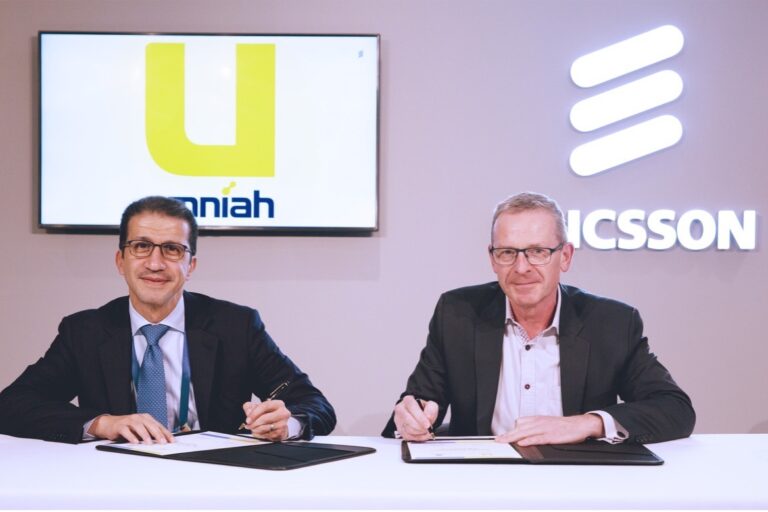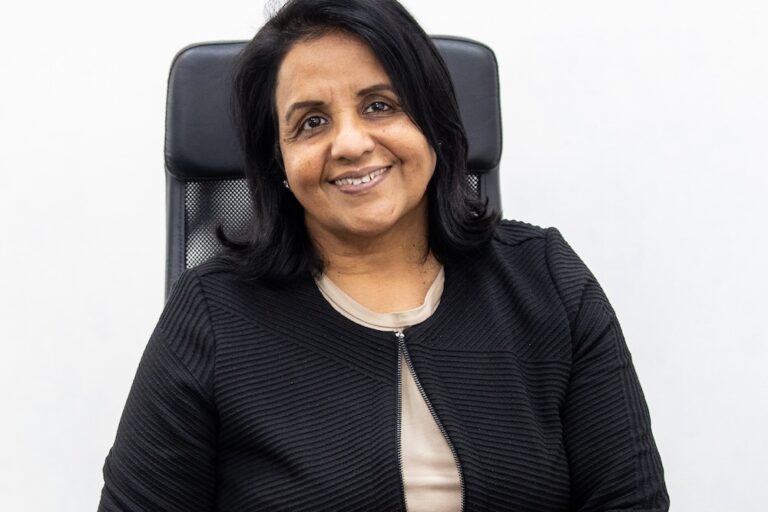Gabriele Di Piazza of Blue Planet talked to Annie Turner about addressing the challenges of OSS with a cloud native, multi-cloud solution
The headline is a slight misquotation of a sentiment expressed by Enrique Blanco, Group CTIO of Telefonica. His opinion that OSS has been an exceedingly tough nut to crack has been echoed by Blanco’s counterparts and contemporaries at many other operators.
In April, Blue Planet, a division of Ciena, launched an intelligent automation software portfolio, claiming its multi-cloud native OSS platform was the first-of-its-kind. With it, the company is claiming to have found the solution to resolve the many issues around established OSSs.
The Blue Planet Cloud Native Platform uses Kubernetes (K8s) to support multiple, OSS applications, designed to allow operators to simplify and automate their OSS environments – a long-held aim that has proved highly elusive with many hugely expensive and time-consuming failures.
As Francis Haysom, Principal Analyst at Appledore Research, put it, “…legacy OSS is a complex environment of highly customised, siloed systems that represent a constraint on growth and greater agility. The new Blue Planet Cloud Native Platform consolidates Blue Planet’s unique capabilities, telecom experience, and cloud-native vision, giving [communication service providers] CSPs a foundation for simplifying and modernizing their operations.”
Why did it take so long to launch a multi-cloud, cloud native OSS platform?
Gabriele Di Piazza, Vice President, Product Management, Alliances and Architectures at Blue Planet, said, “For the most part, the challenges of legacy OSS aren’t new, but are becoming more urgent as CSPs look to play a more central role in this cloud, AI-focused era. We want to deliver a common cloud native platform to CSPs and be this catalyst of transformation at this opportune moment.”
To achieve this, Di Piazza explained that Blue Planet has consolidated multiple products, gained from acquisitions over the years including Cyan, PacketDesign, DonRiver and Centina. The new cloud-native platform is “a major enhancement to Blue Planet’s intelligent automation software portfolio that converges inventory, orchestration, and assurance applications on a single Kubernetes-based architecture,” he said.
He stressed that this is not limited to the underlying K8s platform, also introducing cloud native elements like common user interface and user experience, and an Integrated Development Environment (IDE) for low-code/no-code programmability and extensions.
Other attributes are an “AI Studio” that allows CSPs to create or connect to existing AI models and pipelines. “We transitioned Blue Planet to a cloud-native platform in order to provide customers with a more powerful, reliable and thoroughly modern OSS solution that is…suited for their increasingly dynamic, complex, and cloudified networks and services,” he stated. “As CSP needs evolve, we are a step ahead of the competition, who are still aspiring to offer the cohesive cloud-native solution that Blue Planet can already deliver.”
He claims that other, current OSS offerings don’t offer the same degree of integration, and most especially lack a common data model, and a unified user experience across inventory, orchestration and assurance.
“They also aren’t as far along on the Kubernetes journey, which enables the Blue Planet Cloud Native Platform to be deployed in any cloud environment, including public, private and hybrid clouds, to reduce vendor lock-in, scale elastically and significantly improve operational scale, flexibility, and resilience,” Di Piazza continues.
How big does Blue Planet think this market is – who is it aimed at?
Blue Planet has big ambitions: “We want to change the OSS from being an inhibitor to a competitive advantage for CSPs and we see this as a key opportunity for Blue Planet,” he said.
The platform is aimed at CSPs looking to, or in the process of, modernising their OSS. He thinks that over the past decade, part of the reason that CSPs’ revenue growth has stagnated is due to their legacy OSS.
Di Piazza notes, “Adding services to these closed systems – which are built on outdated software architectures – requires expensive vendor-led development and integration, and creates new operational silos. Legacy OSS also relies on manual intervention for end-to-end service design, activation and assurance, which increases opex, limits scale and prevents CSPs from offering high value on-demand services.
“Now, they need a modern OSS to overcome these limitations, delivery dynamic services, improve customer experience, generate new revenues, speed [return on investment] ROI on their significant 5G investments, and reduce opex.”
In an era of disaggregation, isn’t this platform going against the tide by being tightly integrated?
This is not an issue, Di Piazza reckons: “While the Cloud Native Platform converges inventory, orchestration and assurance, it is also open and modular, meaning that the products applications can be deployed independently. CSPs can address their most critical needs at their own pace, and…adopt additional Blue Planet applications in future.
“In fact, it would not be really possible to talk about disaggregation without a cloud-native foundation that powers different microservices or individual components.”
He points out that cloud-native design supports the elasticity, portability and scale of the cloud, “and simplifies [CSPs’] evolution towards intent-driven automation from end-to-end. For us, convergence is a critical competitive differentiator,” he added.
Network APIs are centre stage in telecoms. How are they being used here?
The platform leverages northbound Open APIs, such as those from TM Forum and CAMARA the operator-led, Linux Foundation project, “for integrating with BSS and customer portals,” Di Piazza explained. “It also leverages Open APIs southbound, such as those from the Open Networking Forum, 3GPP, MEF, NETCONF and others to communicate with different network domains and layers.
Can we have some examples of new business models that the platform could enable, please?
While he stresses that the platform can be used for automating any service, its open and modern design “makes it optimised for CSPs looking to embrace new ecosystem-based business models and deliver cloud-like, on-demand services to their customers,” he said.
“We demonstrated that approach with Microsoft Azure at MWC in Barcelona and with Amazon Web Services (AWS) at re:Invent in Las Vegas last year. The demonstrations showcased how an end-customer request can be used to automate the creation of a dynamic network slice, as well as the instantiation of an edge-based application for a defined period of time.”
He concluded, “In addition to accelerating innovation, and deliver a better customer experience, the Blue Planet Cloud Native Platform helps CSPs better monetise promising technologies like network slicing.”











